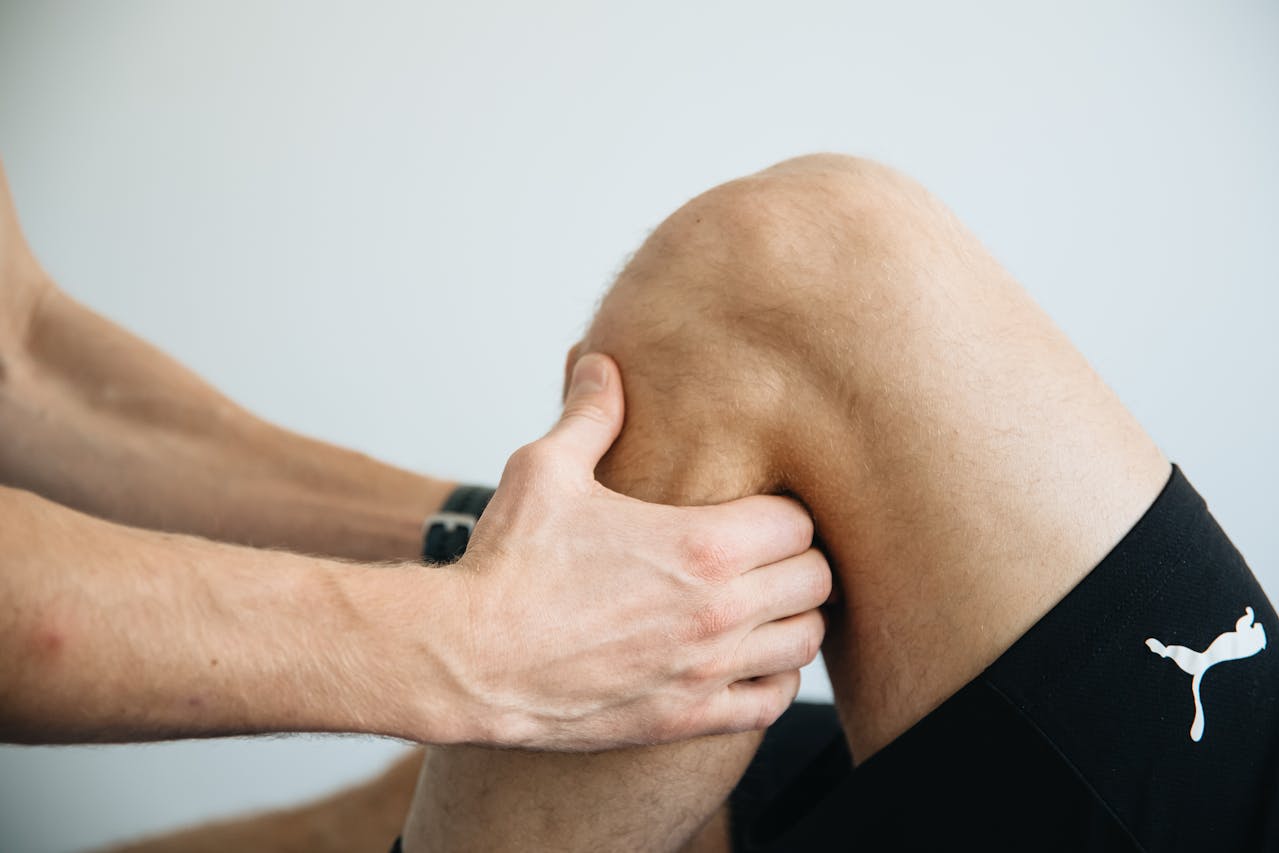Knee pain is a common complaint among people of all ages, and while it can arise from various causes, one often-overlooked factor is flat feet. The structure of the foot plays a critical role in maintaining proper alignment and function of the lower limbs. When the arches of the feet collapse, as in the case of flat feet, it can lead to biomechanical issues that place excessive stress on the knees, leading to discomfort and potential long-term damage. Fortunately, foot orthotics provide an effective solution for correcting these issues and alleviating knee pain.
Understanding Flat Feet and Their Impact on the Knees
Flat feet, or fallen arches, occur when the medial arch of the foot collapses, causing the entire sole to come into contact with the ground. This condition can be congenital, meaning a person is born with it, or acquired over time due to factors such as aging, injury, obesity, or prolonged standing. While some individuals with flat feet experience no discomfort, many develop complications due to improper alignment and weight distribution.
When the foot arch collapses, it causes the foot to overpronate, meaning it rolls inward excessively with each step. Overpronation alters the alignment of the legs, putting additional stress on the ankles, shins, and, most notably, the knees. This inward rolling motion forces the knee joint to turn inward, disrupting its natural movement and increasing strain on the cartilage, ligaments, and tendons surrounding the knee.
Common Knee Problems Associated with Flat Feet
Due to the misalignment caused by flat feet, individuals may experience several knee-related issues, including:
- Patellofemoral Pain Syndrome (PFPS) – Also known as “runner’s knee,” PFPS occurs when the kneecap (patella) does not track properly in the femoral groove, leading to pain and discomfort, especially when walking, squatting, or climbing stairs.
- Medial Knee Pain – Because overpronation forces the knee inward, it places excessive stress on the medial (inner) side of the knee, leading to pain and inflammation.
- Osteoarthritis – Long-term misalignment and abnormal movement patterns can lead to the breakdown of knee cartilage, increasing the risk of osteoarthritis and chronic pain.
- Iliotibial (IT) Band Syndrome – Flat feet can also contribute to IT band tightness, which causes pain on the outer side of the knee due to friction between the IT band and the femur.
How Foot Orthotics Can Help
Foot orthotics are custom or over-the-counter shoe inserts designed to provide arch support and improve foot alignment. By correcting the position of the foot, orthotics help redistribute forces more evenly throughout the lower body, reducing strain on the knees and alleviating pain.
Key Benefits of Orthotics for Knee Pain Relief
- Arch Support – Orthotics help restore the natural arch of the foot, preventing overpronation and keeping the knee in proper alignment.
- Shock Absorption – They cushion the foot, absorbing impact forces that would otherwise transfer to the knees and contribute to pain.
- Improved Stability – By promoting proper foot positioning, orthotics enhance overall stability, reducing the risk of injuries and excessive stress on the knee joint.
- Correction of Gait Abnormalities – Custom orthotics are specifically designed to correct gait patterns, ensuring a more natural and efficient stride.
Choosing the Right Orthotics
When selecting orthotics for knee pain related to flat feet, it is essential to consider the following:
- Custom vs. Over-the-Counter (OTC) Orthotics – While OTC orthotics can provide some relief, custom-made orthotics are tailored to an individual’s foot structure and biomechanics, offering superior support and effectiveness.
- Material and Cushioning – Orthotics should be made from high-quality materials that provide both support and comfort. Rigid or semi-rigid orthotics are often recommended for controlling excessive pronation.
- Proper Footwear – Orthotics work best when paired with supportive footwear that accommodates the inserts and provides additional stability.
Additional Strategies to Manage Knee Pain
While orthotics play a crucial role in alleviating knee pain, additional strategies can further enhance relief and prevent further complications:
- Strengthening Exercises – Strengthening the muscles around the knees, particularly the quadriceps, hamstrings, and calves, helps provide better support to the joint.
- Stretching Routines – Regular stretching of the calves, hamstrings, and hip flexors can reduce tension and improve flexibility.
- Weight Management – Maintaining a healthy weight reduces stress on the knees and minimizes the risk of arthritis progression.
- Physical Therapy – A physical therapist can design a rehabilitation program tailored to an individual’s specific needs, focusing on strengthening and improving movement mechanics.
Knee pain caused by flat feet can be a persistent and debilitating issue, but with the right intervention, relief is possible. Foot orthotics provide an effective solution by correcting foot misalignment, reducing excessive stress on the knees, and promoting a more natural gait. When combined with proper footwear, strengthening exercises, and lifestyle modifications, orthotics can significantly improve knee health and overall mobility. If you suffer from knee pain and suspect that flat feet may be the cause, consulting a foot orthotics office near you or your Vancouver chiropractor specializing in foot mechanics and foot orthotics can help determine the best course of action to restore comfort and function.
Article By: Dr. Zavosh, Chiropractor at Burrard Chiropractic and Foot Orthotics


